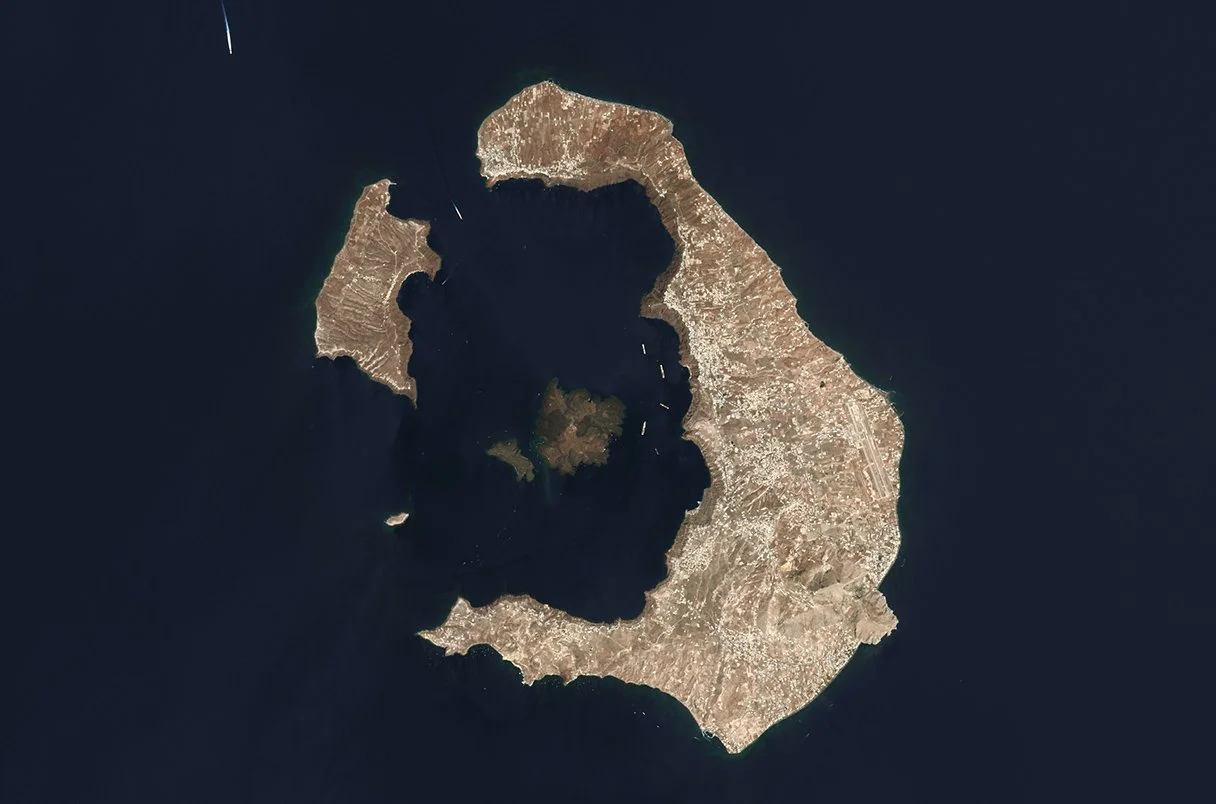Thousands of quakes struck a major Greek volcano, mapping the plumbing beneath it (Science Magazine)
A “crisis” that rocked the island of Santorini may reveal a shared magma system between two volcanoes with explosive histories.
New look at 1755 quake, Europe’s largest ever, may foretell Atlantic ‘ring of fire’ (Science Magazine)
Analysis suggests Earth’s mantle is peeling from the crust in the eastern Atlantic, a possible sign of the ocean’s eventual closure.
(This article appeared in the August 28, 2025 print issue, Click here for PDF)
Tectonic Plates Can ‘Infect’ One Another with Earth-Shaking Subduction Zones (Scientific American)
Evidence from Earth’s deep past suggests dramatic subduction zones can spread like a contagion.
(This article appeared in the July 2025 print issue here)
La Niña is dead — what that means for this year's hurricanes and weather (Live Science)
Scientists thought La Niña was coming. It didn't — at least for now. What could that mean for this year's hurricane season, and how might long-term climate change affect El Niño and La Niña patterns?
Modern farming has carved away earth faster than during the ice age (Science Magazine)
Minnesota study adds to growing evidence of human-accelerated erosion, which could jeopardize agriculture.
The United States’ oldest known rock has existed for at least 3.6 billion years (Science News)
A rock formation in Michigan has beat out other contenders for the title — for now.
(This article appeared in the July 2025 print issue here)
A minute-by-minute account of the Pompeii eruption, revealed in agonizing detail (Science Magazine)
Two new studies provide unprecedented insight into one of the ancient world’s most famous cataclysms.
How Climate Change Could Trigger Earthquakes (Scientific American)
Climate change may influence seismic activity as melting glaciers reduce pressure on quake-prone faults.







